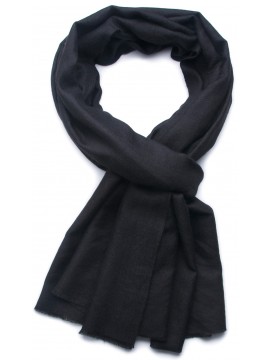
My account Sign in My wishlists
HOW TO RECOGNIZE A REAL PASHMINA?
In the absence of an official certification label defining "pashmina" as a specific textile fiber, counterfeits are flooding the market. Acquiring genuine Pashmina is a real obstacle course!
Faced with this carefully nurtured confusion, it's vital to know how to recognize a genuine pashmina. The best way to recognize genuine pashmina is to know how to identify the fakes! As regular visitors to Kashmir, we've built up a close relationship of trust and are kept up to date with all the latest developments, including counterfeits. This is by no means the case for all retailers, as very few of them actually venture into Kashmir: the region is a conflict zone with a reputation for danger, and travel there is inadvisable. As a result, the vast majority of stores - either too naïve or not scrupulous enough - ignore the real composition of their products, and end up selling you items whose quality unfortunately doesn't match the description..
Thanks to our long-standing expertise in the field, we're going to reveal our tips for recognizing a genuine Pashmina:
The fire test distinguishes synthetic from natural fibers. Remove a thread from the selvedge of the stole and burn it.
- If the fabric catches fire quickly and burns like paper in a large, clear flame, it's viscose. Viscose is a fiber obtained artificially by denaturing wood cellulose with highly toxic chemicals.
- If the fabric melts and forms hard black balls: it's a plastic derivative, polyester or another synthetic fiber like acrylic or nylon.
- Silk, wool and cashmere burn as they shrink, giving off a strong, characteristic smell of burnt horn. The flame test cannot distinguish between them, as these animal fibers are all made from the same protein: keratin.
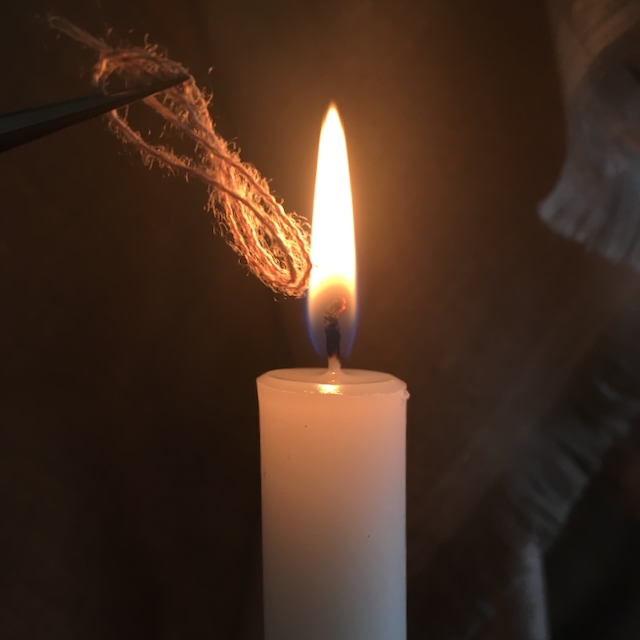
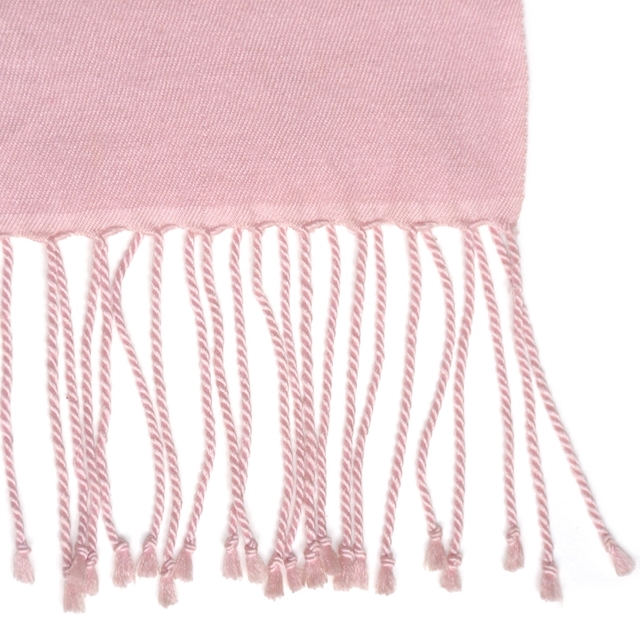
Bangs will eliminate blends based on mixed silk, synthetics or even Mongolian cashmere. Genuine pashmina is almost NEVER finished with braided bangs, as the fiber is too fine for this, but with open edges from the loom.
This is the easiest way to eliminate imitations!
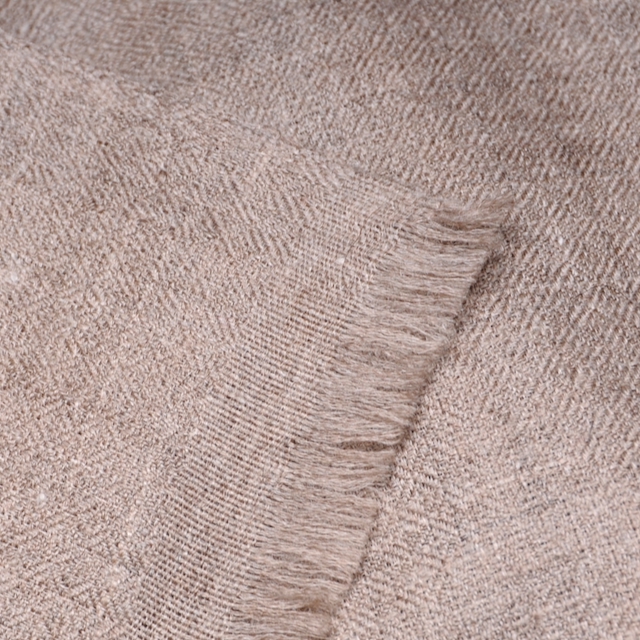
Now that we've got all the synthetic and fringed imitations out of the way, we can turn our attention to the specifics of genuine Pashmina: it's hand-woven in Kashmir from the down of the changra goats that live in Ladakh in the Himalayas, at an altitude of over 5000m. A genuine pashmina must therefore have the following characteristics:
The label: it must be 100% cashmere and not 100% pashmina, as pashmina is not legally considered a material.
Origin: real pashminas are woven exclusively in India, mainly in Srinagar, Kashmir, but more recently also in Ladakh, where the fiber originated. No real pashmina is woven in Nepal, whose semi-artisanal production is based on cashmere from China and Mongolia.
Appearance: very fine cashmere (12 to 15 microns). It is soft, light and warm, with a matte, fluffy appearance. It's not uncommon to find long hairs embedded in the weft; these thicker goat hairs are evidence of the down's artisanal treatment.
Weaving: this is artisanal and can be recognized by its irregularity, a sign that it has been produced by human hands. To verify this, the fabric should be held up to the light and the weave observed through a transparency.
The signature: certain pieces can be signed to identify a series that has just been woven. The craftsman places his mark in a corner of the first piece, sewn with a colored thread. Signatures are rare on plain Pashminas, but much more common on embroidered Pashminas, which often bear the workshop's mark.
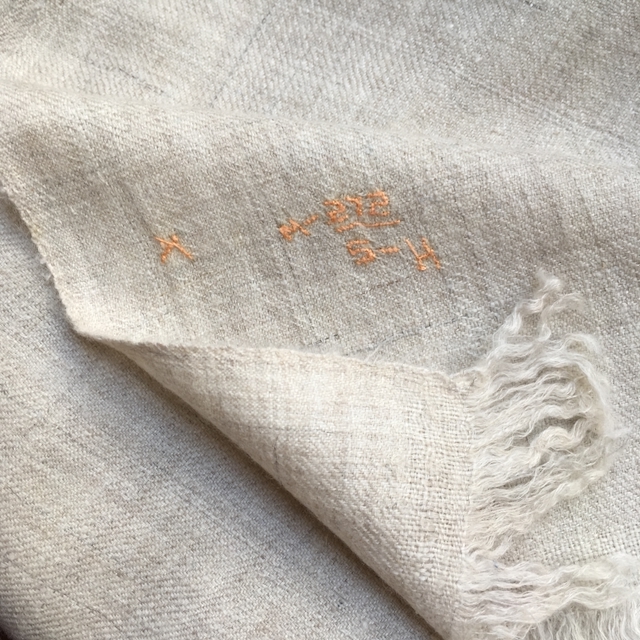
Very popular in bazaars, the folkloric and well-known ring test proves nothing, except the lack of seriousness of the person demonstrating it... The reflex of touching pashmina to assess its softness is also misleading, as imitations are often treated with softeners. Instead, it's much better to observe the weave and what it can teach us!
A jacquard weave of arabesques inserted in the weft demonstrates machine manufacturing. Many fake pashminas sold in India feature a jacquard weave. Admittedly, there are far fewer of these in Europe, since we've been exposing the deception!
By examining the pashmina against the light, it is possible to assess the evenness of the weave. If the weave is too homogeneous, the pashmina has been machine-woven.
The weight of the piece also gives an indication: machine-woven Mongolian cashmere faux pashminas are often lighter, saving on a costly raw material - cashmere is always expensive, no matter where it comes from! Below 60g/m2, it's doubtful that the piece was made by human hands.
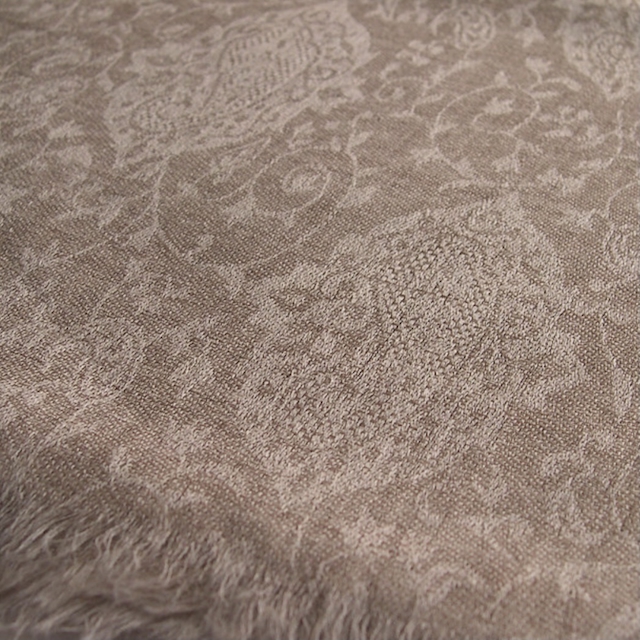
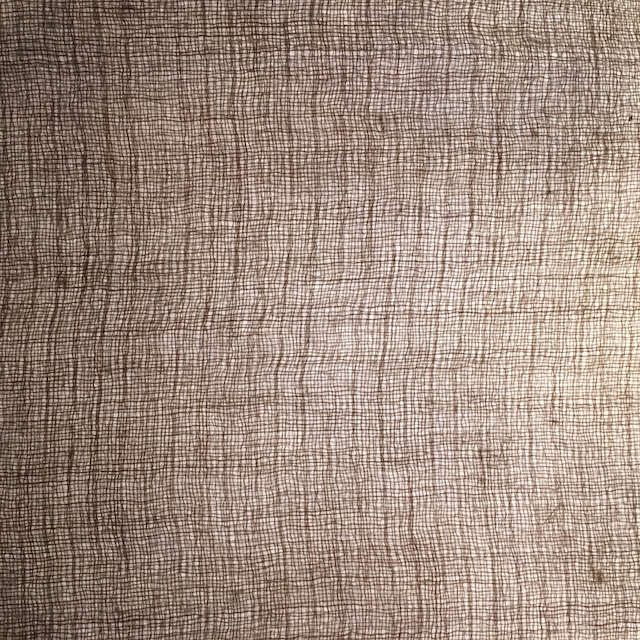
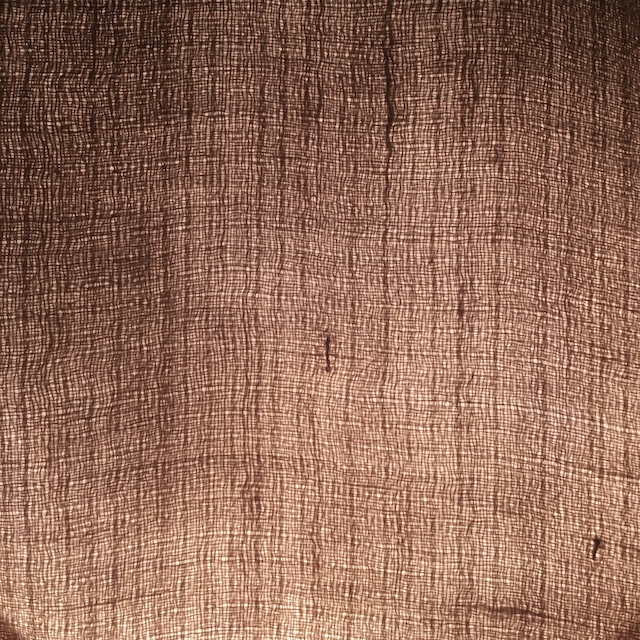
Identifying fake pashminas made from a natural material other than Ladakh cashmere can be very complicated, if not impossible, when photographed. And with good reason! The best counterfeiters are the kashmiri, who can easily make identical models by substituting pashmina with a cheaper raw material: merino lambswool, alone or mixed with silk. These counterfeits - which cost 5 times less - are sold as genuine pashminas, as they are virtually indistinguishable to the untrained eye, especially as the fire test is not significant since these animal fibers are made from the same protein: keratin. Here, then, are the models that are frequently sold for pashminas by not-so-serious stores, and which you are often unknowingly confronted with:
Diamond-woven merino lambswool, which can also be hand-embroidered by the kashmiri: these models are very frequently sold as embroidered pashminas, and many customers have fallen victim to them!
Wool/silk or wool/cashmere blends woven in twill and diamond, light, soft and silky like pashminas! These excellent imitations, made by the kashmiri themselves, are sold as cashmere, and are unfortunately impossible to identify without a laboratory test. They have been very successful in recent years, thanks to their ever-improving quality, and are widely available in stores.
Machine-woven mongolian cashmere from factories in Punjab and Kashmir (yes, of course, Kashmir has factories too!). This is the most successful and widely distributed Pashmina imitation: it's flooding the market! Many customers unknowingly own a shawl and imagine that its featherweight is the pashmina standard! This is not true, and is even a sign of counterfeiting: machine weaving saves as much cashmere as possible by weaving as loosely as possible. Naturally, these pieces will be more fragile and more prone to holes...
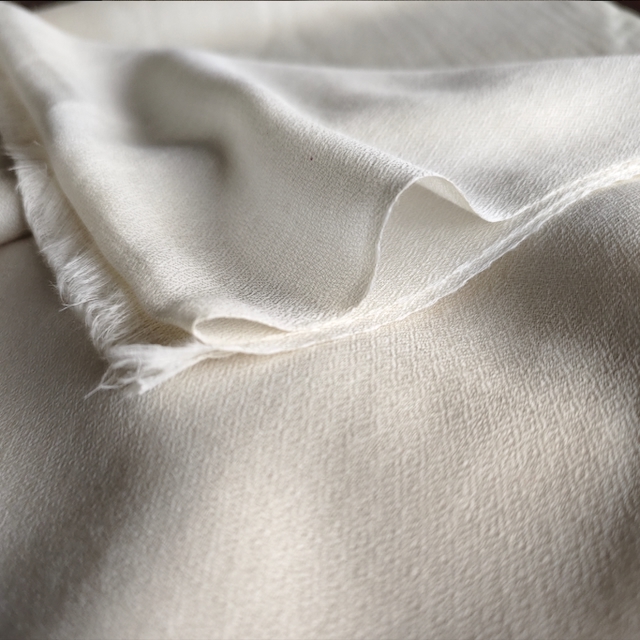
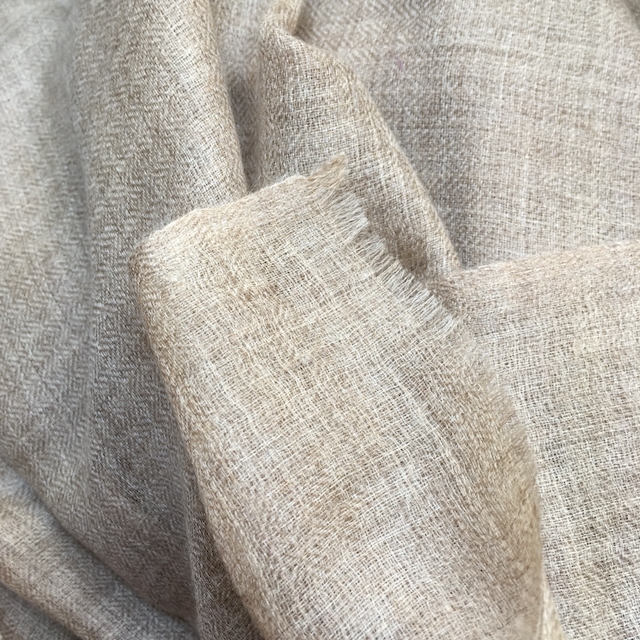
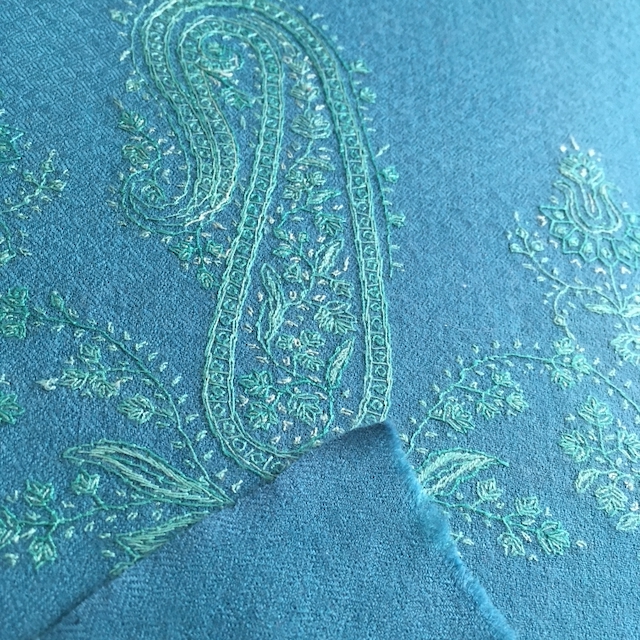
Why do so many stores in Europe sell counterfeits?
The phenomenon is so widespread that we've had to turn ourselves into the "Pashmina Police"! It seems that many so-called "specialist" stores have never actually visited the production sites in Kashmir. And yet, in this traditional craft, it's totally impossible to improvise as a specialist without solid expertise acquired in the field. Naïveté, lack of rigor or dishonesty? It's hard to say. These less-than-serious stores are generally multi-product retailers who work remotely and potentially have no idea of the real composition of the fabrics they sell.
So how do you spot them? It's easy to copy explanations, but photos don't lie. That's why serious brands distribute their own original photos and advertise their regular presence in Srinagar. Litigious stores, on the other hand, will be obliged to buy photos from image banks. On the other hand, don't hesitate to examine all the items on the site: the slightest doubt about one product discredits the effective quality of the others, and the seriousness of the store in question.
So minimize your risks by choosing brands that are 100% specialized in Ladakh Pashmina, and be wary of multi-product, multi-supplier sellers who are probably just resellers. Be sure to carefully examine the photos and look for those proving that they regularly travel in person to Srinagar, as this is quite simply essential for managing a production.
To sum up:
An authentic hand-woven Pashmina in pure Himalayan cashmere will be soft, light, wrinkle-free and immediately warm to wear.
It will have slight irregularities in its weave, a sign that it was made on a handloom. It will have been made exclusively in India: in Kashmir, a region stretching from northern India to Pakistan, or in Ladakh. No real pashmina is woven in Nepal.
It will be labeled 100% cashmere and will NEVER be cheap.
To avoid unpleasant surprises, it's essential to be very vigilant!
Discover Genuine UNI Pashmina


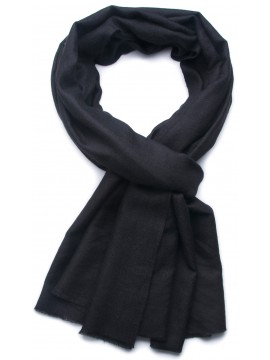
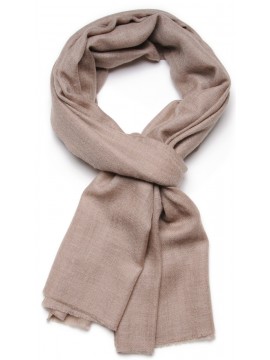
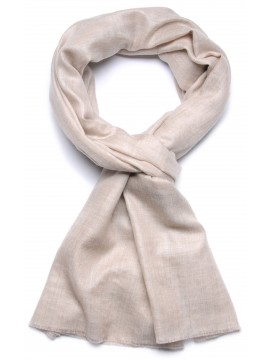
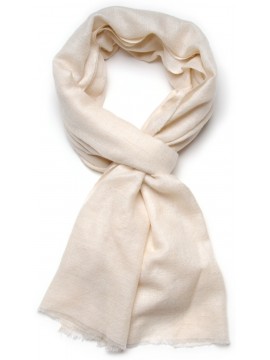
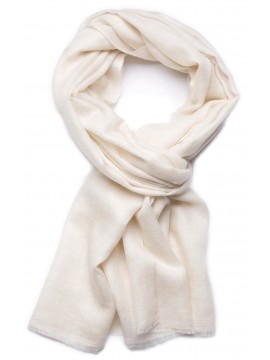
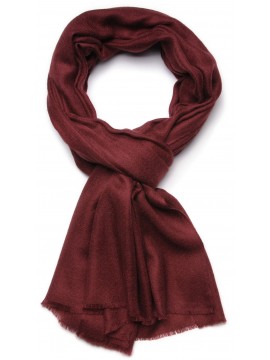
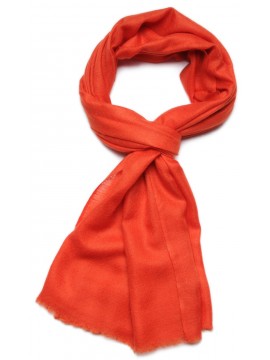
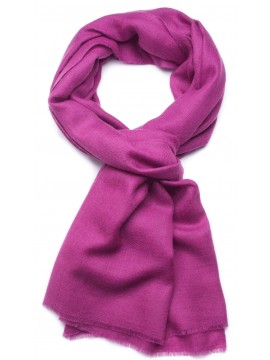
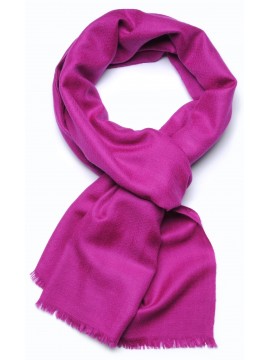
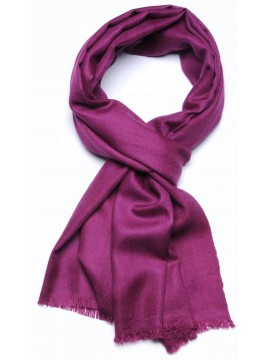
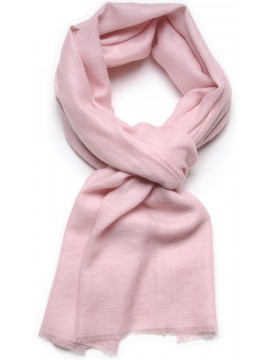
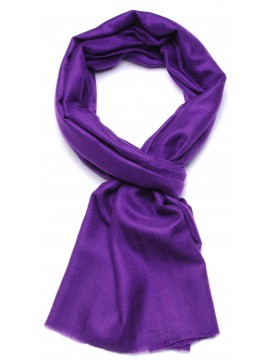
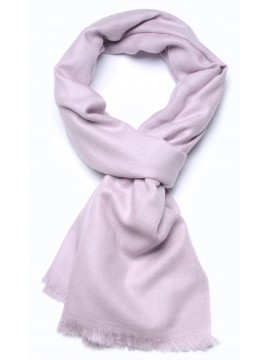
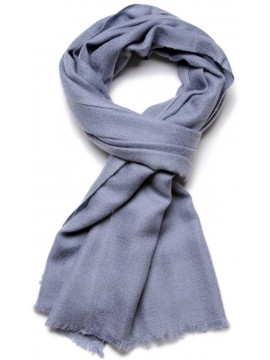
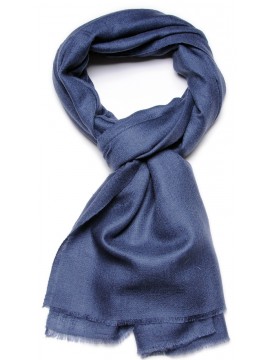
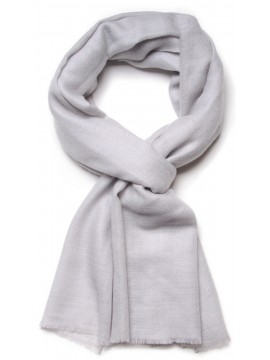
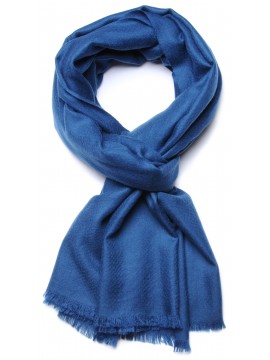
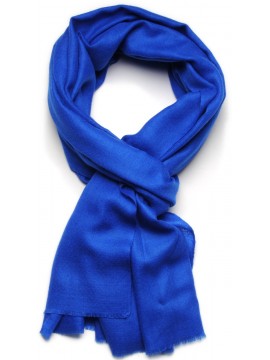
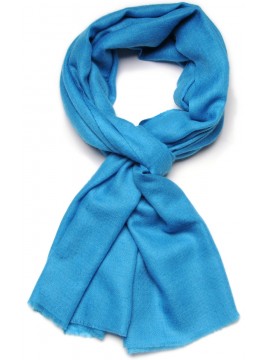
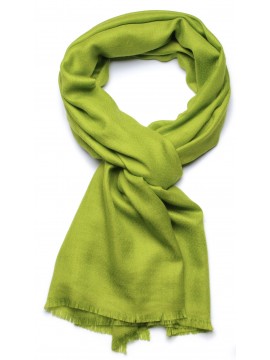
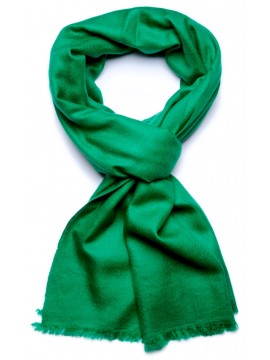
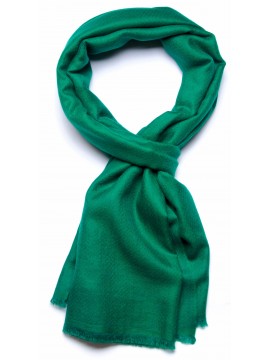
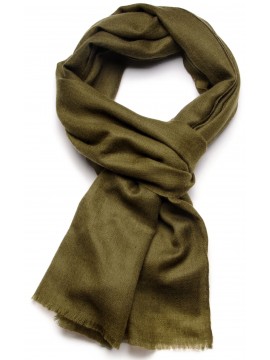
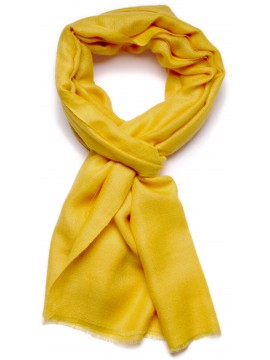
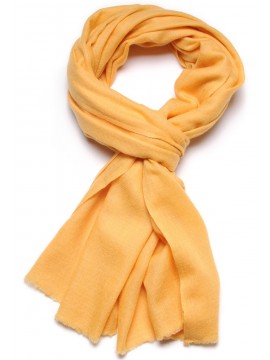
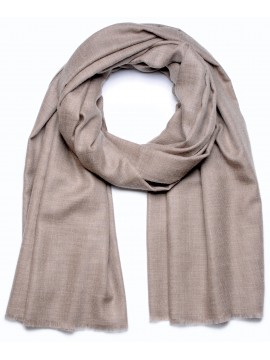
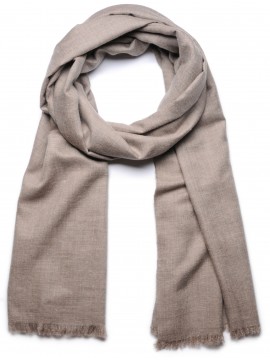
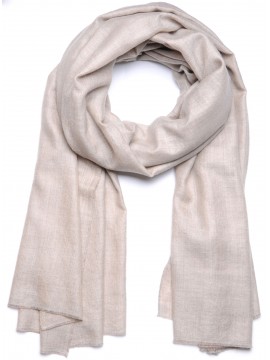
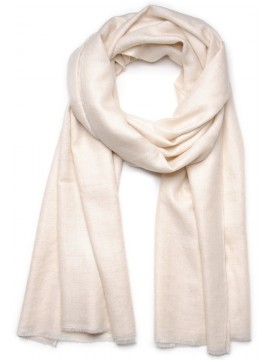
.jpeg)



